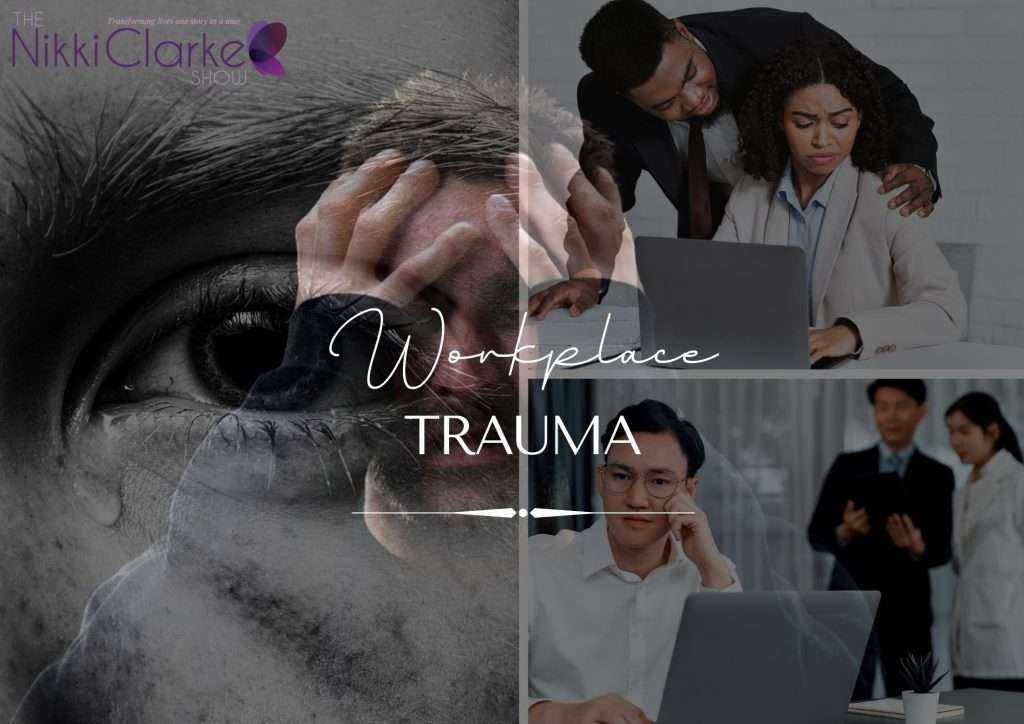
Introduction
Workplace trauma is a serious and often overlooked issue that affects employees in various industries. It refers to the emotional, psychological, or physical harm experienced by individuals as a result of their work environment or job-related experiences. Workplace trauma can have a profound impact on an individual’s mental and physical well-being, as well as on their overall job satisfaction and productivity. In this article, we will explore the causes of workplace trauma, its consequences, and provide strategies to cope with and prevent it.
Causes of Workplace Trauma
1. Harassment and Discrimination: Discrimination based on factors such as race, gender, sexual orientation, or age can create a hostile work environment. Harassment, whether sexual or otherwise, can lead to trauma for the victim, affecting their self-esteem and emotional health.
2. Workplace Violence: Physical violence or threats of violence in the workplace can be deeply traumatic. This can include bullying, physical altercations, or even mass shootings in extreme cases.
3. Burnout: High levels of stress and overwork can lead to burnout, a form of workplace trauma characterized by exhaustion, emotional detachment, and a sense of ineffectiveness.
4. Toxic Work Environment: A workplace with a culture of hostility, bullying, or constant conflict can cause trauma. The absence of support and trust among colleagues can be detrimental to an employee’s mental health.
Consequences of Workplace Trauma
1. Mental Health Issues: Workplace trauma can lead to conditions such as anxiety, depression, and post-traumatic stress disorder (PTSD). These conditions can affect an individual’s overall well-being and ability to perform their job effectively.
2. Physical Health Problems: Chronic stress and trauma can lead to physical health problems, including high blood pressure, cardiovascular issues, and a weakened immune system.
3. Decreased Productivity: Employees experiencing workplace trauma often struggle with focus and productivity. Their ability to perform well on the job can be significantly compromised.
4. Job Dissatisfaction and Turnover: Workplace trauma can lead to job dissatisfaction and ultimately result in employees leaving their positions, which can be costly for employers in terms of recruitment and training.
Coping Strategies for Workplace Trauma
1. Seek Support: Reach out to friends, family, or a mental health professional to discuss your experiences and feelings. Don’t isolate yourself; sharing your experiences can help in the healing process.
2. Document Incidents: Keep a record of any incidents or experiences that contribute to your workplace trauma. This documentation may be useful if you decide to report the issues or take legal action.
3. Report the Issues: If you experience harassment, discrimination, or violence in the workplace, report it to your HR department or management. They have a duty to address and rectify such situations.
4. Self-Care: Prioritize self-care by maintaining a healthy work-life balance. Engage in activities that promote relaxation, exercise, and a balanced diet to help reduce stress.
5. Seek Legal Assistance: In cases of severe workplace trauma, consult with an attorney who specializes in employment law to explore your legal options.
6. Change of Workplace: If your workplace is persistently toxic and damaging to your mental and physical health, consider finding a new job. Your well-being should be a priority.
Preventing Workplace Trauma
Employers have a responsibility to create safe and supportive work environments. Strategies for preventing workplace trauma include:
1. Implementing Anti-Discrimination and Anti-Harassment Policies: Clear policies and training programs can help prevent discrimination and harassment.
2. Encouraging Open Communication: Employers should foster an environment where employees feel safe reporting workplace issues.
3. Providing Mental Health Support: Offering mental health resources and counseling services can help employees cope with and prevent workplace trauma.
4. Promoting Work-Life Balance: Encouraging a healthy work-life balance can help prevent burnout.
Conclusion
Workplace trauma is a critical issue that can have lasting effects on individuals and organizations. Recognizing the causes and consequences of workplace trauma is essential for creating safer and more productive work environments. By seeking support, coping with trauma, and taking steps to prevent it, both employees and employers can work together to create a healthier and more positive workplace.













